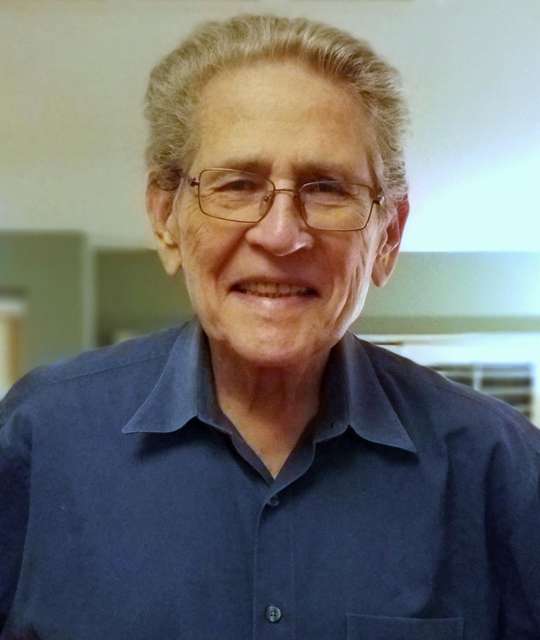NCP Member-Only Blog > The NCP Research Capsule: October 2022
Morris Eagle, PhD
 As a regular feature, a member of the Research Committee will suggest a few journal articles that may be of interest to members of the NCP community.
As a regular feature, a member of the Research Committee will suggest a few journal articles that may be of interest to members of the NCP community.
Following are my suggestions:
Hoglend, P. et al (2011). Effects of transference work in the context of therapeutic alliance and quality of object relations. Journal of Consulting and Clinical Psychology, 79, 697-706. Click to read.
Zuroff, D. C., Golan, S., Blatt, S. J. Kelly, A.C, & Leybman, M.J. (2016). Predictors and moderators of between-therapists and within-therapist differences in depressed outpatients’ experiences of the Rogerian conditions. Journal of Counseling Psychology, 63(2), 162-172. Click to read.
Eagle, M.N. (2017). Attachment theory and research and clinical work. Psychoanalytic Inquiry, 37(5). Click to read.
Bateman, A. & Fonagy, P. (2013). Mentalization-based treatment. Psychoanalytic Inquiry, 33(6), 595-613. Click to read.
Members of the Research Committee are aware that for a number of reasons many research papers are not of much relevance for clinical work. Even when the topic of the research paper is relevant to clinical work, there is often the question of the degree to which the usual group findings reported are useful in working with individual patients. There are various ways of dealing with this issue, perhaps a topic for future discussion. However, the point I want to emphasize here is that research findings need not be viewed as gospel in order to be interesting and to stimulate thought. At the very least, they can serve as a balance to the usual citing of and appeal to authority that is common in the psychoanalytic literature.
Some comments on the choice of these particular papers:
The Hoglend et al paper is relevant to the issue of transference interpretations and presents findings that are contrary to the received wisdom that such interpretations are likely to be of greater value for high-functioning patients.
Psychotherapy and psychoanalysis are not disembodied activities; they are carried out by specific individuals. The Zuroff et al paper addresses the somewhat taboo topic of differences in therapeutic effectiveness among different therapists and opens up important clinical issues as well as implications for further research.
The Eagle paper is illustrative of an approach that demonstrates the relevance of theory in clinical work and also combines the presentation of research findings, theory, and clinical implications.
The Bateman & Fonagy paper describes a particular clinical approach with borderline personality disorder patients, and similar to the Eagle paper, combines theory, research findings, and clinical implications.
